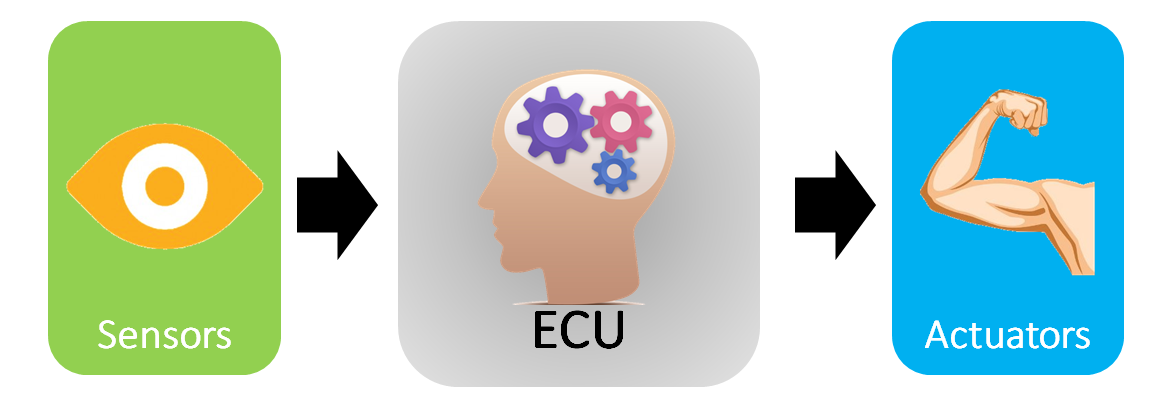
In the modern automotive landscape, the heart of every vehicle lies within its engine, and ensuring optimal performance and efficiency is crucial. This is where the Engine Management System (EMS) comes into play. As vehicles become increasingly complex and technologically advanced, understanding how EMS works is essential for both drivers and technicians alike.
What is an Engine Management System (EMS)?
An Engine Management System, often referred to as the Engine Control Unit (ECU) or Powertrain Control Module (PCM), is an intricate network of sensors, actuators, and processors designed to monitor, regulate, and optimize the performance of an internal combustion engine. Essentially, the EMS serves as the brain of the vehicle, continuously analyzing data from various sensors and making real-time adjustments to ensure the engine operates efficiently under all driving conditions.
Components of an EMS
1. **Sensors**: The EMS relies on a multitude of sensors to gather information about the engine's operating parameters, including air intake temperature, engine speed (RPM), throttle position, oxygen levels in the exhaust, coolant temperature, and more. These sensors provide vital data that the ECU uses to make informed decisions about fuel injection, ignition timing, and other engine functions.
2. **Actuators**: In response to the data collected by the sensors, the EMS controls various actuators to adjust engine operation accordingly. This includes regulating fuel delivery via the fuel injectors, adjusting ignition timing, controlling the throttle body, and managing emissions systems such as the catalytic converter and exhaust gas recirculation (EGR) valve.
3. **Engine Control Unit (ECU)**: At the heart of the EMS is the Engine Control Unit, a specialized computer that processes incoming sensor data and executes commands to optimize engine performance. The ECU utilizes sophisticated algorithms and programming to calculate the ideal air-fuel mixture, ignition timing, and other parameters in real-time, based on factors such as engine load, driving conditions, and environmental variables.

Functions of an EMS
1. **Fuel Management**: One of the primary functions of an EMS is to regulate the fuel delivery system to maintain the optimal air-fuel ratio for combustion. By adjusting the duration and timing of fuel injection pulses, the ECU ensures efficient fuel consumption and minimizes emissions.
2. **Ignition Timing Control**: The EMS controls the timing of spark ignition in gasoline engines to optimize power output, fuel efficiency, and emissions levels. By precisely timing the spark plug firing sequence, the ECU maximizes engine performance while minimizing the risk of detonation or pre-ignition.
3. **Emissions Control**: With increasingly stringent emissions regulations, EMS plays a crucial role in monitoring and reducing harmful exhaust emissions. By adjusting fuel mixture, exhaust gas recirculation, and other parameters, the ECU helps minimize pollutants such as nitrogen oxides (NOx), carbon monoxide (CO), and hydrocarbons (HC).
4. **Diagnosis and Maintenance**: Modern EMS systems are equipped with onboard diagnostic capabilities that allow technicians to identify and troubleshoot engine issues quickly. Through the use of diagnostic trouble codes (DTCs) and diagnostic tools, the ECU can detect malfunctions, sensor failures, and other problems, enabling timely repairs and maintenance.

The Future of EMS
As automotive technology continues to evolve, so too will Engine Management Systems. The advent of electric and hybrid vehicles introduces new challenges and opportunities for EMS design, with a greater emphasis on battery management, electric motor control, and integration of advanced driver-assistance systems (ADAS). Additionally, advancements in artificial intelligence (AI) and machine learning may enable EMS to adapt and optimize engine performance in real time based on driving habits, road conditions, and other dynamic factors.
In conclusion, Engine Management Systems are integral components of modern automobiles, responsible for regulating engine performance, optimizing fuel efficiency, and minimizing emissions. By understanding how EMS works and the role it plays in vehicle operation, drivers can appreciate the complexity of modern automotive engineering and make informed decisions about vehicle maintenance and upgrades. As automotive technology continues to advance, EMS will undoubtedly play a central role in shaping the future of transportation.
Comments